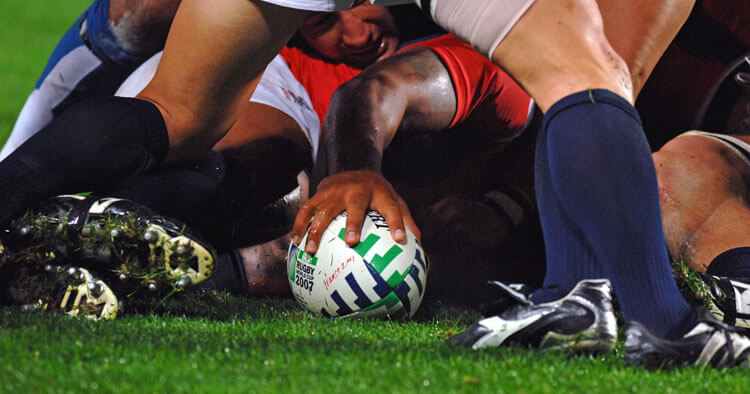Injury Rehabilitation and Training, Sports Injuries and Management, Surgical Procedures and Protocols
Acromioclavicular Joint Sprain And Its Management
Acromioclavicular Joint Sprain: The Sporting Shoulder Injury
Injuries to the Acromioclavicular joint make up almost half of all sporting shoulder injuries. An acromioclavicular joint sprain, often referred to as the AC jt, is an injury typically the result of direct impact to the shoulder. This includes, but is not limited to a fall, or tackle. The type of fall we commonly see resulting in AC joint sprains in our Sydney physio practice include;- falls off a push bike, or motorbike,
- trauma resulting from tackles in contact sports, rugby league, rugby union, and AFL. Or, to a lesser degree football (soccer) where the individual has been “dumped” on their shoulder in a challenge, or landed awkwardly following a challenge.
What Is Damaged In An Acromioclavicular Joint Sprain?
An injury to the AC joint involves failure of the acromioclavicular ligaments and the joint capsule. These are the supportive structures, holding the “collar bone” to the part of your “shoulder blade” known as the acromium. Significant AC joint sprain, will include damage to the above structures, associated with failure of the coraco-clavicular ligaments. These coraco-clavicular ligaments are the ligaments going from the front of shoulder blade to the collar bone. As well as the disruption to the coraco-clavicular ligament, a significant acromioclavicular joint sprain will likely also come associated with some damage to adjacent soft tissues (fascia of the shoulder muscles).Grading AC joint Injury
Ultimately the outcomes following AC joint injury, correlate nicely with the grade (severity) of injury. Making it important to understand the grade of injury. Seeing as injury severity will help dictate both treatment and prognosis. Subjective history coupled with examination is often sufficient for diagnosis. However, an X-ray of the shoulder is beneficial in assisting diagnosis, helping establish the grade of injury.Classification Of Acromicoclavicular Joint Injury, And Treatment Options
The classification of AC joint injury and their management for the varied grades of acromioclavicular joint injuries:- Type I – AC ligament sprain, where the AC joint is not dislocated.
- Type II- AC ligament sprain, where the coracoclavicular ligaments are intact.
- The treatment approach for Type III AC joint injuries is less clear. In type III sprains, the AC ligaments and coracoclavicular ligaments are torn. With 100% AC joint dislocation.
Significant Acromioclavicular Joint Sprain
For type IV – VI AC joint injury. These injuries are generally surgically managed, with the intention of re-positioning the acromioclavicular joint in its original anatomical position. Type IV – VI injuries are complete dislocation variations. Injury where the collar bone displaces through the muscle above, below, and behind. These sprains are clearly more severe injuries, requiring surgery and a more drawn out post-operative physiotherapy rehabilitation program.Disclaimer: This information is provided as an educational service and is not intended to serve as medical advice. Anyone seeking specific medical advice or assistance on Acromioclavicular Joint Sprain And Its Management should consult his or her general practitioner, physiotherapist, or otherwise appropriately skilled practitioner.


